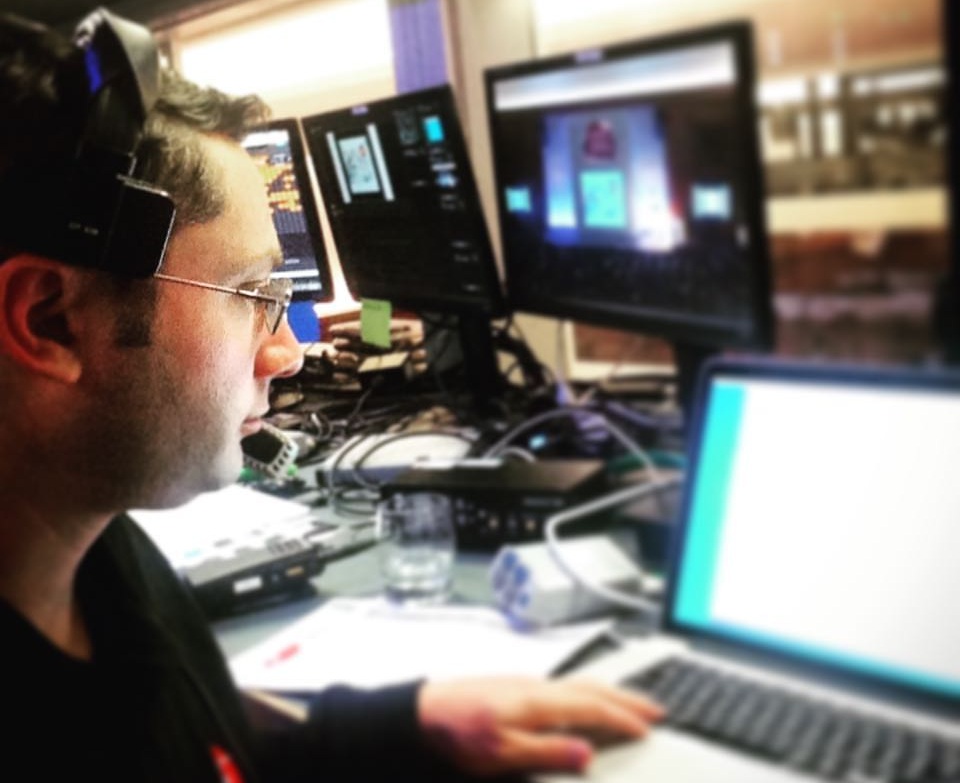Illuminating the Impact of Illumination Methods on the Art of Film Projection Mapping
Illuminating the Impact of Illumination Methods on the Art of Film Projection Mapping
Blog Article
Motion projection mapping is an innovative art medium that merges technology and innovation to convert ordinary spaces into extraordinary sight displays. This method involves casting images and videos onto 3D elements, such as structures, sculptures, or platforms. One of the most crucial factors in creating effective projection in the use of effective lighting techniques. Proper illumination enhances the aesthetic elements of the display and ensures that the visuals are clear and captivating. This article examines the impact of lighting methods on motion projection and how they can enhance the overall experience.
Lighting plays a crucial part in motion mapping because it establishes the mood and tone of the display. Different illumination methods can evoke various emotions and reactions from the viewers. For example, using gentle, cozy illumination can create a inviting atmosphere, while bright, cold lights may create a more dynamic or intense impact. By carefully selecting light hues and intensities, artists can manipulate how viewers perceive the projected images, leading to a more engaging experience. The balance between mapping luminance and surrounding illumination is essential, as it can significantly affect the visibility and impact of the visuals.
In addition, hue and brightness, the angle of illumination also influences the effectiveness of projection. Lighting from different angles can create shadows and highlights that add dimension to the mapped visuals. This method, known as chiaroscuro, can enhance the three-dimensionality of the objects being mapped. Furthermore, using dynamic illumination can introduce energy to wikipedia reference the exhibit, making the encounter more involving for the audience. When the illumination interacts with the mapped images, it can produce an effect of movement and transformation, capturing the audience's focus.
Another important element of lighting in projection is the use of special effects. Techniques such as gobo illumination, which uses patterns and shapes to project light, can add texture and complexity to the projections. This method allows artists to superimpose images and create visually stunning effects that complement the mapping. Additionally, incorporating laser lights or light-emitting diode illumination can additionally improve Related Site the exhibit, offering a distinct mix of visual elements that attract the audience in. These unique features, when used carefully, can elevate the projection beyond a simple show to an engaging piece of creativity.
In conclusion, the impact of lighting methods on video projection is significant. By comprehending how various illumination elements interact with projected visuals, creators can produce captivating experiences that resonate with viewers. The careful choosing of hue, brightness, direction, and special effects allows for a vivid canvas of sight storytelling. As technology continues to grow, the possibilities for creative showcasing in mapping will only grow, making lighting an ever-important component in this progressive creative form.